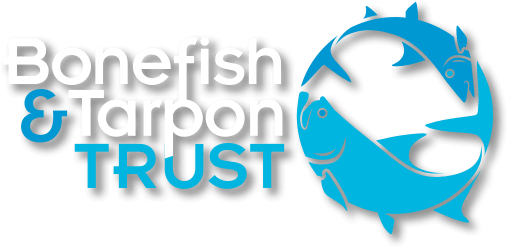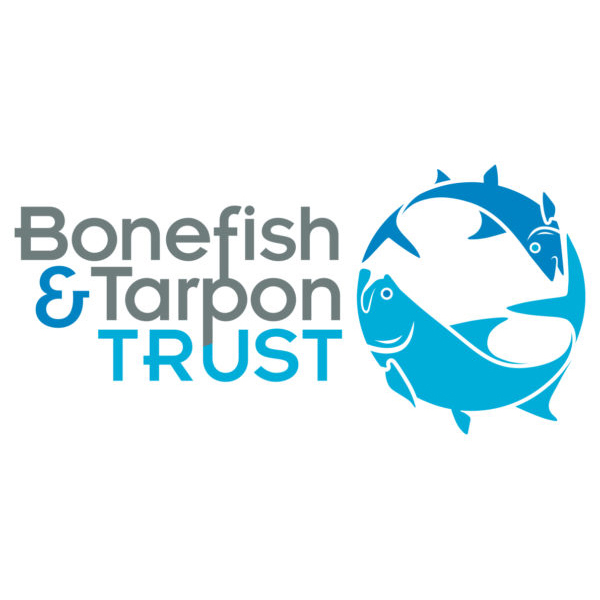The state of Florida has created a Blue-Green Algae Task Force to address the many harmful algal blooms that have been occurring around the state. The Task Force is asking for input and ideas. BTT sent in the following statement. The link at the end of the statement lets you provide input as well.
To: Blue-Green Algae Task Force
From: Bonefish & Tarpon Trust
Florida, a state that depends on water – fresh, estuarine and marine – for its economy and cultural identity more than most other states is in a dire situation of its own making. Decades of water and natural-resource mismanagement, recently accelerated, are coming home to roost. In recent years, there have been harmful algal blooms (HABs) in the Caloosahatchee River, St. Lucie River, St. Johns River, Florida Bay, Indian River Lagoon, the Gulf coast, and the Atlantic coast. Indeed, much of Florida’s estuarine waters have been impacted by HABs in recent years.
Whether naturally occurring or introduced, the organism that cause HABs are fueled by anthropogenic are worsening the situation. A scientific study published in 2007, for example, found that red tide was 20-fold more abundant in coastal waters (where it encounters nutrient-laden runoff) than in offshore waters where red tide originates. The study also found that red tide was 13-18-fold more abundant in recent years (1994-2002) than historically (1954-1963), and that the seasons in which red tide occurred had expanded from mostly in fall to now include fall, winter, and spring. The frequency, intensity, and spatial coverage of other HABs are also increasing. Moreover, the occurrence of plankton blooms in general, by species that aren’t classified as Harmful, is also increasing.
Similar crises are occurring throughout Florida. Because Everglades restoration has stalled, not enough freshwater flows from Lake Okeechobee into the Everglades and then into Florida Bay. In 2016, this lack of freshwater caused algae blooms, fish kills, and an extensive seagrass die-off in Florida Bay. The water not flowing into the Everglades is instead being discharged into the St. Lucie River and Caloosahatchee River, where it has caused a harmful algal bloom so toxic that human contact is dangerous. The nutrient-laden water flowing out of the Calooshatchee River is also a likely source for enhancing red-tide blooms. A recurring harmful algal bloom in the Indian River Lagoon, this caused by a “brown tide,” has resulted in extensive seagrass die-offs and fish kills. In recent years the St. Johns River has experienced harmful algal blooms of its own. Even some of Florida’s famous freshwater springs are experiencing algae blooms. The list goes on.
The common theme for these crises is mismanagement of Florida’s water resources. The first problem is the alteration of freshwater flows into coastal waters. For example, the watershed of the Caloosahatchee River once was limited to southwest Florida. It now drains Lake Okeechobee’s watershed, which stretches to Orlando. And the Everglades and Florida Bay are nearly entirely cut off from the freshwater flows they used to receive. A similar scenario plays out at smaller scales for Florida’s other coastal waterways.
The second problem is that far too many nutrients are entering freshwater lakes, streams and rivers, which then empty into coastal waters. These nutrients come from Florida’s phosphate-mining industry, outdated sewage infrastructure, extensive use of residential septic systems, agricultural runoff, residential use of fertilizers, and stormwater runoff. These nutrient sources not only contaminate the surface waters, but also the aquifers – the amount of nutrients in Florida’s groundwater are far too high. These groundwaters then seep into coastal waters through Florida’s limestone base.
All of this has a negative impact on Florida’s economy. The combined annual economic impact of recreational and commercial fisheries is nearly $27 billion, more than any other state, which supports thousands of jobs. These fisheries depend upon good water quality and healthy habitats. As the health of Florida’s water and habitats has declined, so have the fisheries – incomes have declined, jobs have been lost and businesses have closed. Recent reports also show a decrease in real estate values in areas impacted by HABs.
The rate of Florida’s environmental decline has increased in recent years, but it has been long in the making. It will be similarly long in recovery. This means that schemes that provide downstream solutions are not only a waste of limited funds, they are irresponsible. The focus needs to be on addressing the upstream causes. This includes: modernizing sewage infrastructure, septic-to-sewer conversion, fertilizer ordnances to significantly reduce nutrient loads in runoff, water flow restoration. Only with this long-term approach that addresses the causes of our current situation will this problem be addressed.
Click here to provide input to the Blue-Green Algae Task Force.




